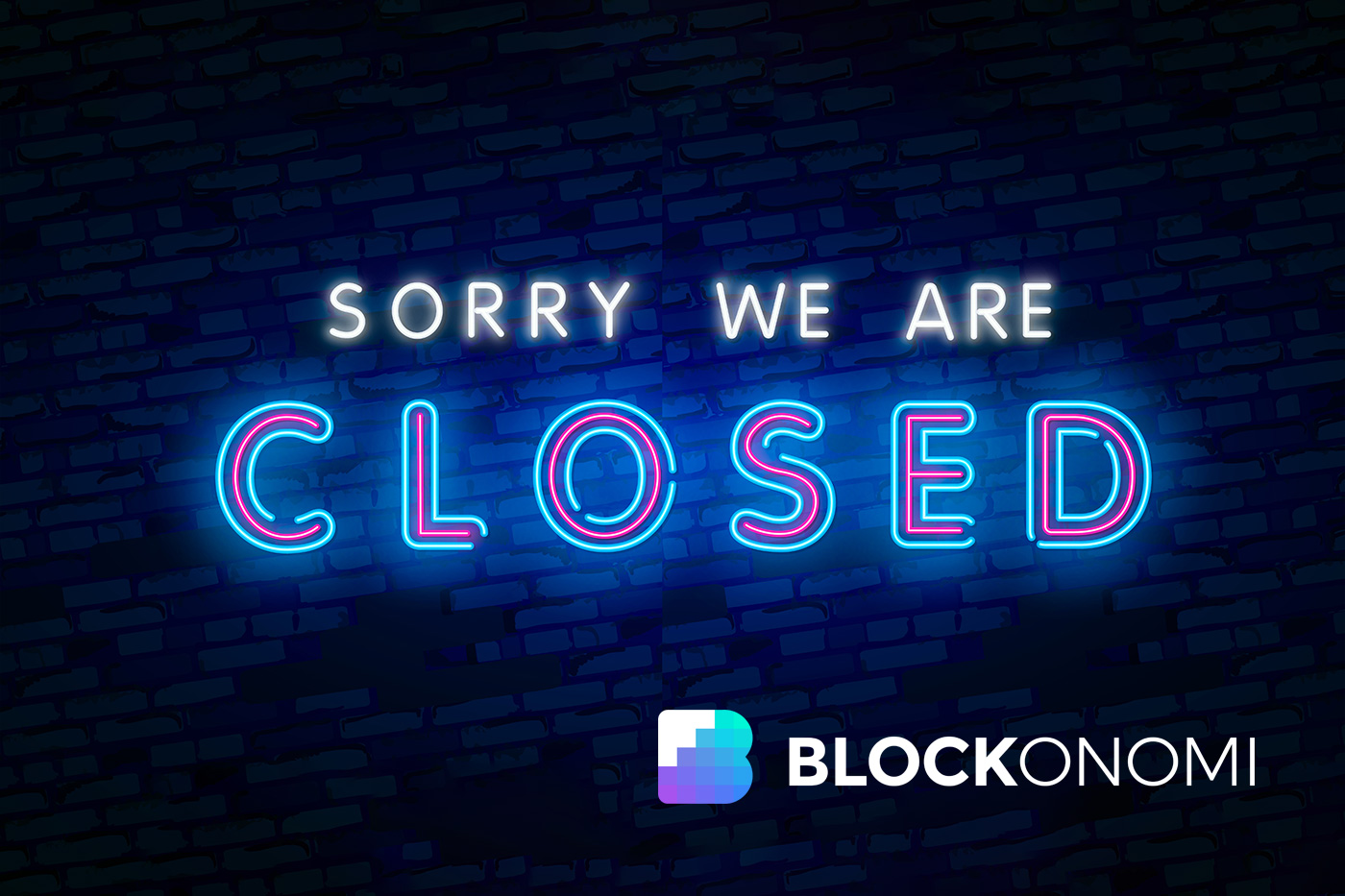Recently, a leading Tezos-based NFT platform – Hic et Nunc suddenly announced its shutdown without providing any reason, leaving the NFT community with many questions.
A lot of NFT marketplaces have come to market but not all of them achieve success. Even atop marketplace could disappear.
Starting as an ETH protocol, NFTs have now created their own ecosystem and undoubtedly become one of the most prominent trends in the market today.
Tezos’ entry into the NFT market has attracted the attention of investors, but this event may dent the popularity of the platform.
Hit et Nunc Folds
On Thursday, Tezos’ Hic et Nunc website suddenly disappeared without explanation. The only leftover was an update on Hic et Nunc’s Twitter, simply reading “discontinued.”
Shortly after Hic et Nunc disappeared, its Twitter page sent a final goodbye to the community with a Tweet about the smart contract to the community.
KT1RJ6PbjHpwc3M5rw5s2Nbmefwbuwbdxton
— hicetnunc2000 (@hicetnunc2000) November 11, 2021
Apart from Hic et Nunc’s Twitter activity, no official explanation has been given for the sudden disappearance of the platform, although there have been numerous rumors swirling around.
According to @McRudeManners, Hic et Nunc’s “Raf” developer may have made the decision out of will because it was motivated by the negative messages they received.
Although users couldn’t now access the platform interface (as it completely disappeared), they can still see NFTs listed on objkt today.com, and obviously the NFT smart contracts are immutable.
Despite only 8 months in the market, the marketplace achieved notable milestones that any marketplace once wanted.
Launched in March this year, it took only two months for Hic et Nunc to surpass OpenSea – one of the leading NFT markets to become the largest NFT platform by number of daily active users.
In the last month, Hic et Nunc had 30,000 unique active wallets, more than double the number of active wallets on the Objkt platform, Tezos’ current largest NFT platform.
The Hic et Nunc platform, built on Tezos’ open-source proof-of-stake blockchain, quickly drove adoption due to its cheap mining fees and much higher energy efficiency than Ethereum.
These are also the reasons why many chose to switch over Hic et Nunc, rather than continuing with Ethereum.
Al artists Joanie Lamercier and Memo Akten were among the first to switch from Ethereum to Hic et Nunc. Both rely largely on platform power to make their jobs easier, and both mention the atmosphere as a major factor in their decision to leave Ethereum.
On the other hand, a part of Hic et Nunc’s community felt annoyed because the marketplace simply closed without any explanation. Some even believed that the platform was attacked.
Overall, the untimely shutdown of Hic et Nunc has caused regret in the NFT community.
Many individuals were impressed by its transparent, efficient and inexpensive functionality.
When Ethereum 2.0 is released, the network is expected to function better with a cheaper transaction fee and a greener carbon impact.
Meanwhile, Solana – the strongest Ethereum’s competitor at this time is still running strong, with new NFT minting capabilities and a comprehensive set of features.
Solana has been moving fast over the past year, its speed and negligible fees make it a preferred blockchain for many crypto traders.
OpenSea Still Dominates The Market
Many NFT marketplaces have come and gone, but OpenSea has maintained its dominance for a long time.
The platform’s simple listing features, powerful filtering and cataloging system, and the company’s wide range of assets may all play a role in its domination. On OpenSea, the distance between users and the launch of NFT is merely a few clicks.
The lead held by OpenSea may appear insurmountable. Long-time players are joining the space, resulting in increasing competition, which may cause OpenSea to lose market share.
Another major drawback is that OpenSea only supports Ethereum, with no support for other popular blockchains like Solana, Cardano, or Tezos.







































